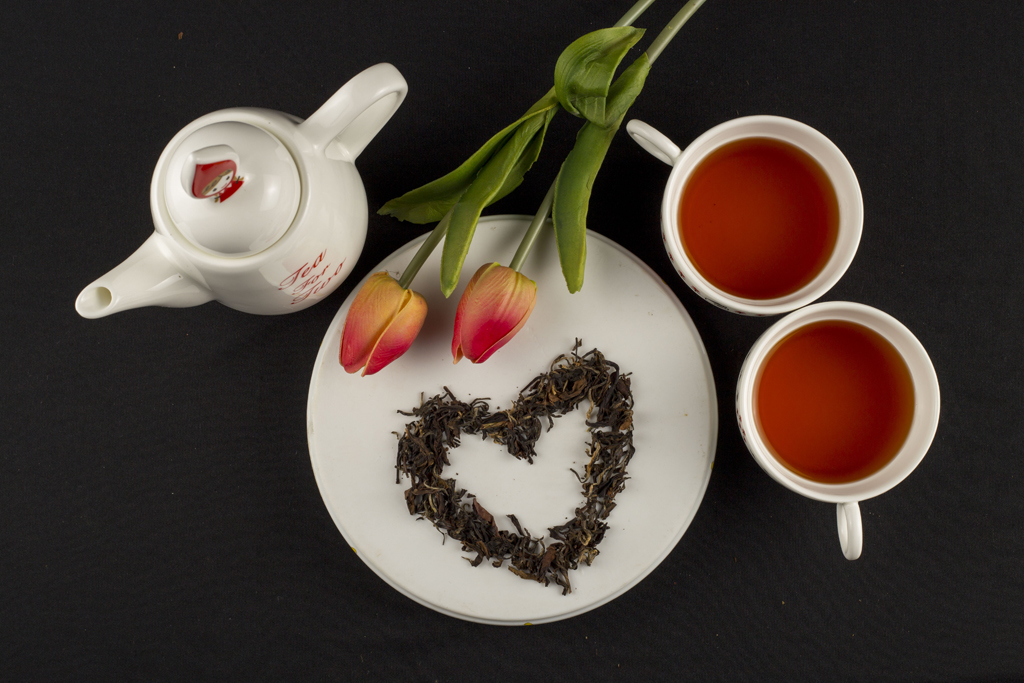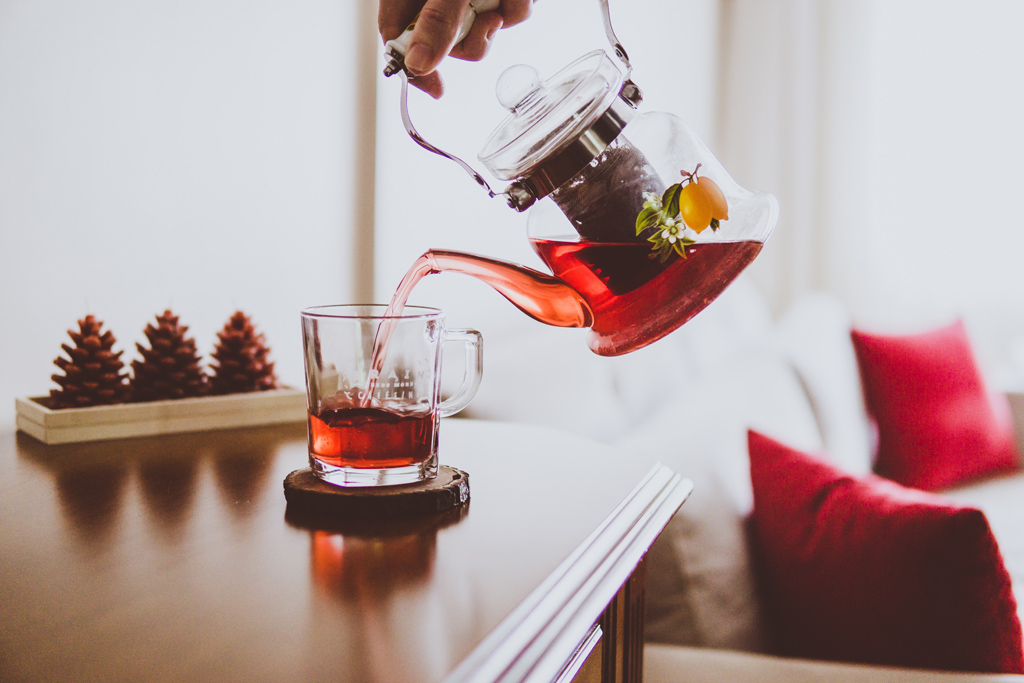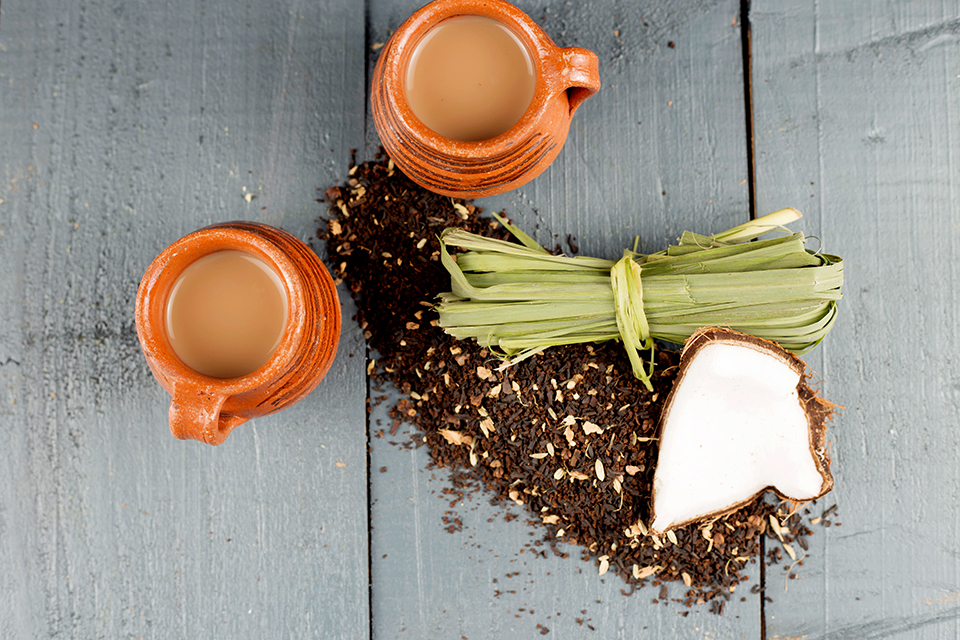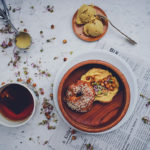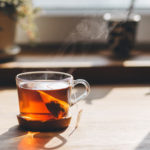For the connoisseurs of fine living, tea isn’t just a cup of ‘chai’. For the increasing list of tea lovers in the world, we kick-off a special series of articles authored by Radhika Batra Shah who is the Founder of ‘Radhikas Fine Teas & Whatnots’, where we explore and understand ‘tea’. We start the series with understanding the types of teas. Look out for a new take on teas every Wednesday… Read on, and enjoy.
“And you thought Tea was just Chai!!”
Welcome to our tea stories where Tea ain’t just Chai or Green but a whole world of health, hope, and happiness.
Now imagine an integer line, on that line you plot White, Green, Oolong, Black and the decaf version of infusions with flowers, fruits, herbs or spices. That makes for your entire grouping of awesome wellness in the form of teas from start to finish.
Origin Of The Leaf
Each type of the above tea comes from “one plant only” the humble Camellia Sinensis. Am sure you have watched or read about Tea gardens at some point and noticed women with their wicker baskets plucking away. This is exactly how the leaf gets ready to reach the factory. Women do the plucking as they have tender hands and it’s the two leaves and a bud that gives the finer tea. Anything lower than that makes for coarser and cheaper variety of tea.
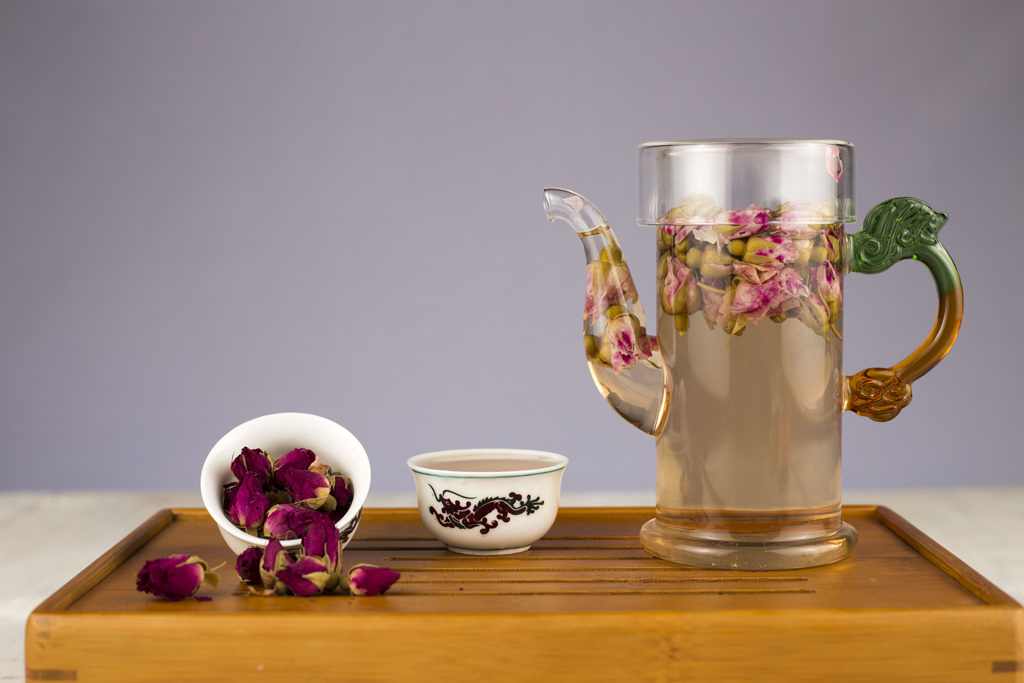
So, when you drink chai, the origin of this leaf is Assam and the type of tea you are sipping is the bold brisk black, similarly when your drinking green tea it could be a whole leaf version of either white, oolong, green or black brewed well and without milk. It could be the champagne of teas called Darjeeling or the flavourful China’s breakfast Tea called Longjing.
Processing Of The Leaf
The exposure of the tea leaf enzymes on plucking, to the environment is called “fermentation or oxidation “and this primarily determines whether the leaf is White, Green, Oolong or Black.
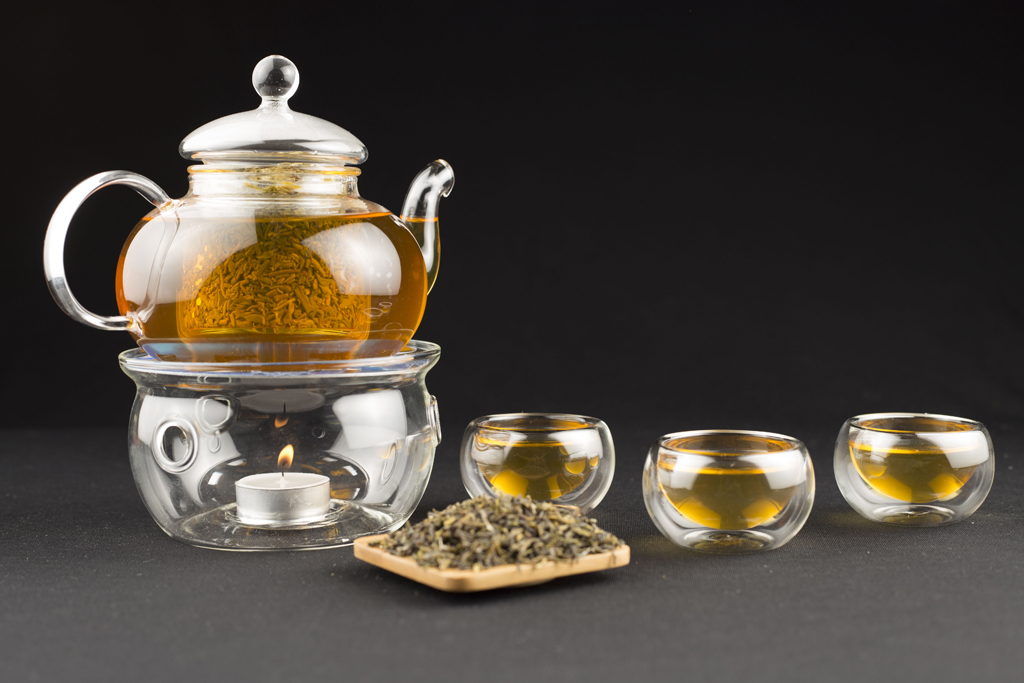 White tea is considered the purest as it’s as good as plucking and packing, the exposure of the leaf to oxygen is minimal and thus a fresh tea commanding a premium in all the tea auctions. For example, Silver Needle White leaf of China
White tea is considered the purest as it’s as good as plucking and packing, the exposure of the leaf to oxygen is minimal and thus a fresh tea commanding a premium in all the tea auctions. For example, Silver Needle White leaf of China
Green tea is exposed to the environment much longer than white thus giving it its earthy flavour. For e.g. Darjeeling Green leaf Oolong takes in the best of green and black thus its character is roasty and Smokey making it a favourite for its amazing medicinal properties. For e.g. Formosa Oolong of Taiwan
And then comes black which is fully oxidized giving it a smooth and rich character. For e.g. Srilanka premium Black
For those sensitive to caffeine, the choice is of Tisanes or infusions that have no tea leaf but only a herb or spice, flower or fruit in them. For example, Chamomile, Rose, Chrysanthemum, Jasmine flower teas from China or Butterfly Blue Pea, Bael tea from Thailand or Fruity teas of Turkey.
Blended Teas
And then comes the blending this entails the above leaves that are blended to give an advantage of not only tasting a straight leaf but also enjoying the flavours of an herb or fruit that comes with it. For example, the very classic Earl Grey is a blend of Darjeeling black leaf with the bergamot fruit and essence or Herbal Infusion is a blend of Darjeeling Green leaf with Tulsi and liquorice.
Tea and its BEAUTEA
The beauty of any is that they all come with umpteen benefits. So, whether it’s chai or green what you need to note is picking the whole-leaf version that is loaded with amazing properties.
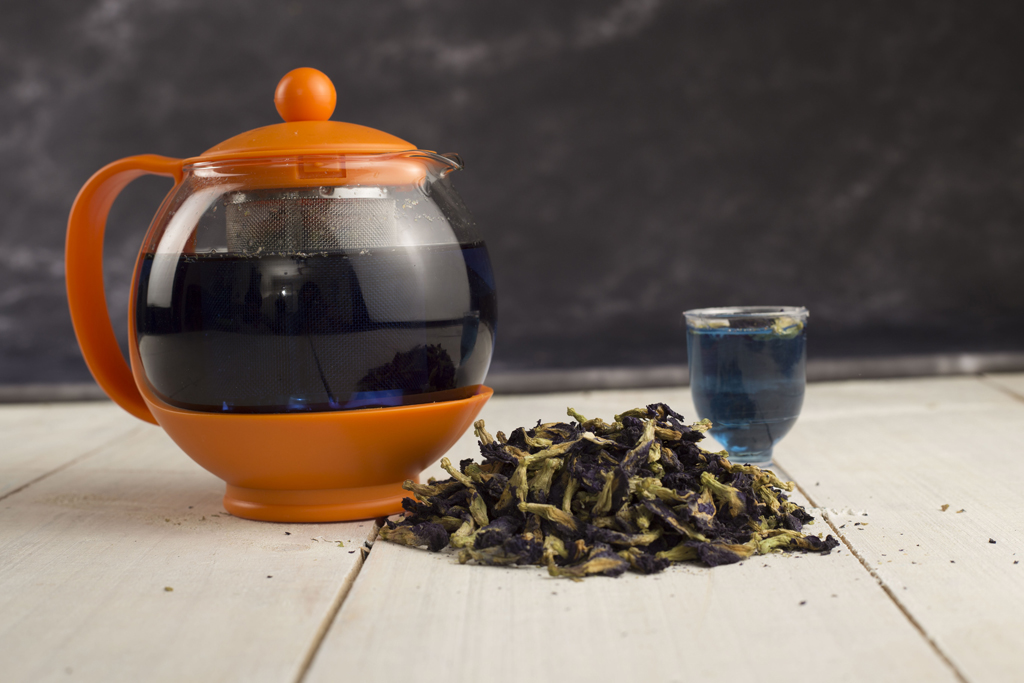
The alchemy of tea boosts your body with highest vitamin C, aids fluoride thus healthy dental, emulsifies fat of the organs and thus aids digestion.
Thus, Tea ain’t just Chai…
About the author:
Radhika Batra Shah is a celebrated ‘Tea Sommelier’ who was first introduced to the idea of fine teas in India and all things around it in 2006. Right from sourcing fine leaves to the art of brewing to hosting customized tea ceremonies, Radhikas Fine Teas – a premium signature brand, has been tantalizing many a palate in urban Indian households.

